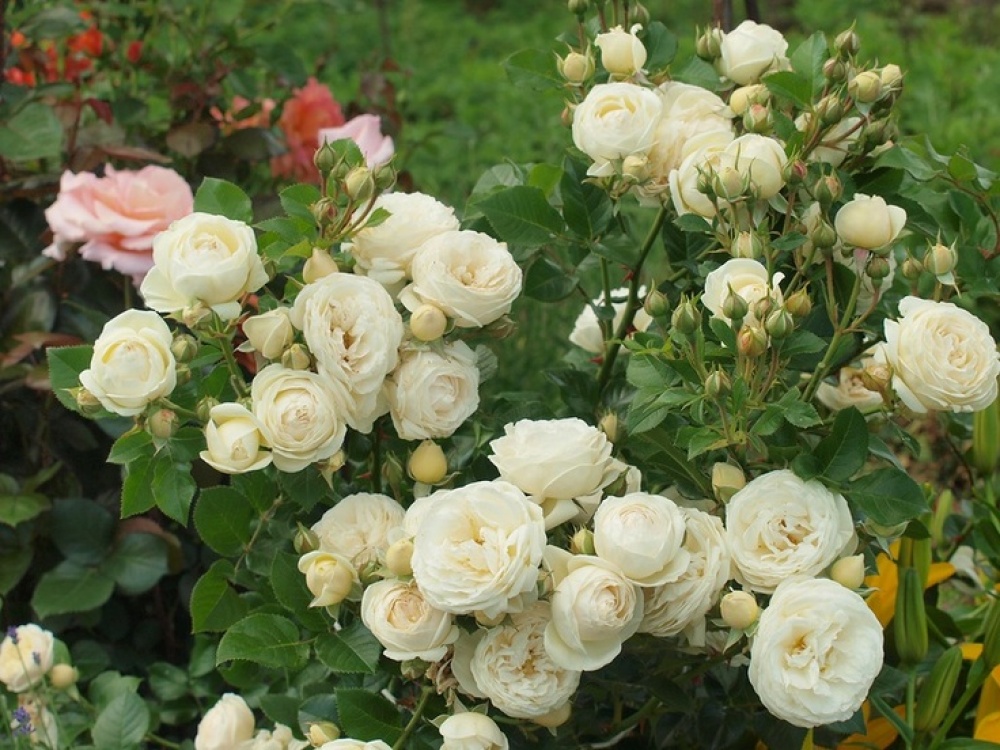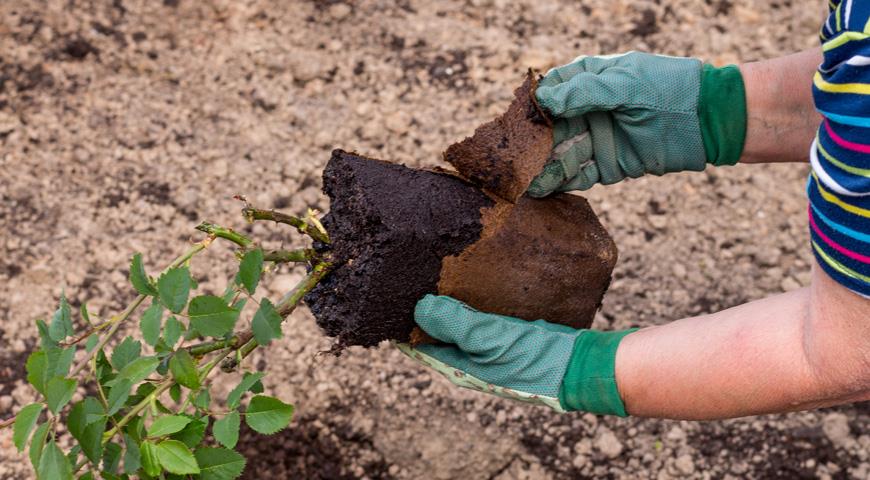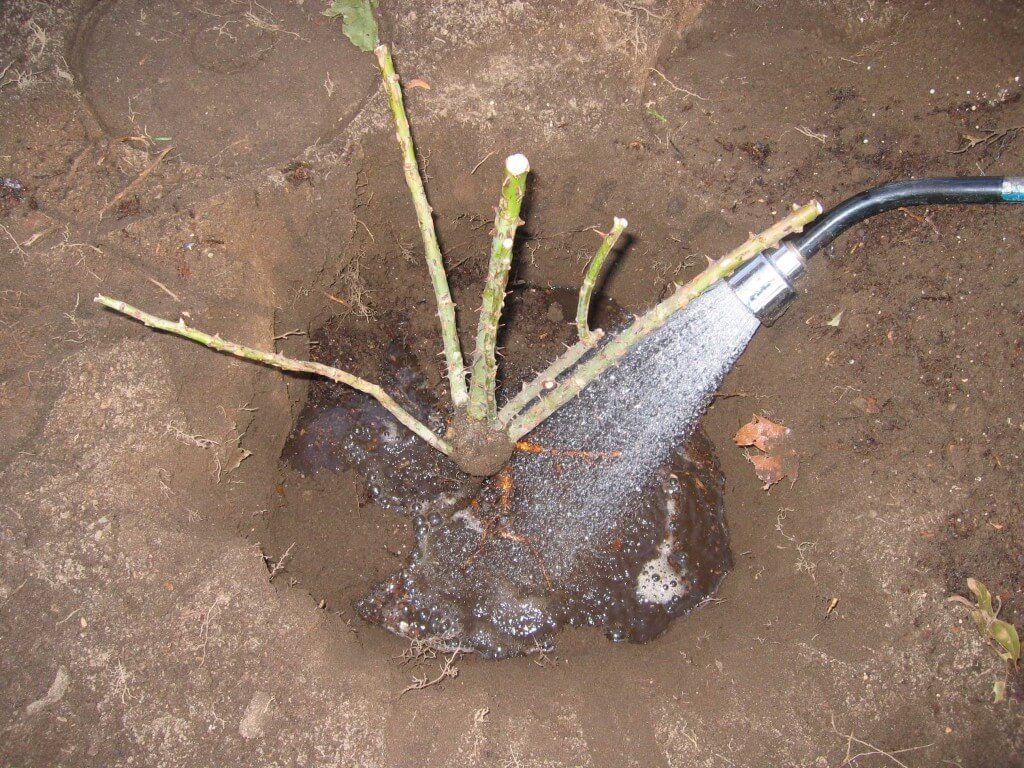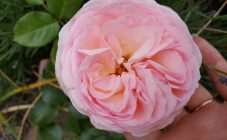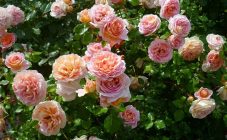Content:
Various types and varieties of the "queen of flowers" are found in parks and squares, they can be seen in flower beds and in single plantings in garden plots, the popularity of these flowers is great. And this is natural - there are several varieties and a great many varieties of these beautiful flowering perennials, differing in the shape and color of the buds, in appearance, as well as in the timing of flowering. These perennials are used in landscape design both in single and in group compositions, grown for cutting.
Among the recently appeared rose scrubs, one of the first places is occupied by the Artemis rose. How does it stand out from the many varieties, what are "shrub roses", the main characteristics of this bush variety and much more can be found by reading this article.
The history of the creation of the variety
"Shrub" translated from English is "bush", "bush". At first, bush and actively flowering roses with a height of more than 1.3-1.4 m were combined into a group called "shrub roses". Over time, this group began to include some hybrids that were not included in other groups.
The main features of the flowers of this group:
- flowering of these bush perennials is always long, repetitive and active. The first buds of these “flower queens” appear in mid-June, and new flowers appear as the previous ones bloom;
- inflorescences can have various shapes, colors and texture of blossoming flowers - from classic to densely double tea-hybrid;
- most of these roses have a bright, rich aroma;
- Scrub roses are highly resistant to cold weather and most diseases that usually affect various varieties of "flower queens";
- these perennials do not require special care and are unpretentious to growing conditions;
- such shrubs are distinguished by significant height and volume - the growth force of the shoots is high, therefore their height can reach 1.8-23.0 m, and their diameter is about 1 m or more.
Thanks to these qualities, the scrub rose fell in love with landscape designers, who call all varieties of such flowers park. You can meet such flowers in regions with cold winters (for example, in the Urals and in many regions of Siberia), since this perennial shrub calmly tolerates severe frosts.
In Germany, since the beginning of the last century, there has been a nursery in which breeders have been breeding new varieties of various flowers, including rose bushes. This nursery is called Tantau, it is the oldest and one of the most famous in Europe. The name was given to this nursery in honor of its founder - breeder and researcher Matthias Tantau.
It was in this nursery that the rose shrab Artemis was bred in 2009, and a description of the new variety was also created there. the main advantages of the park rose Artemis are abundant flowering from the first decade of June to the end of September and the beginning of November. This shrub variety immediately attracted flower growers and landscape designers from many European countries and other continents, and Russian gardeners were also interested in it.
Characteristics and description of the variety of roses Artemis
The height of the bushes can reach 1.1-1.2 m, their radius is up to 24-25 cm, and the diameter of blossoming flowers is up to 8 cm.The shoots are erect, from 0.8 to 1.2 m high, their color is saturated emerald.The foliage is elongated with sharp tips, the color of the leaf plates is dark emerald, with a characteristic glossy sheen.
The color of the buds is creamy with a greenish (sometimes pinkish) shade, its shape is rounded. The blossoming flowers are white with a cream tint, with a greenish or pinkish tint. Their shape can be spherical or bowl-shaped. Flowers are densely double, each of them has up to 50 petals. The aroma emanating from the buds is delicate, intense, there are light anise notes in it.
Artemis rose, its description should be continued with a story about its other qualities. This bush variety blooms actively and continuously, the roses are collected in inflorescences. Each shoot during the period of active blooming of buds can be found from 4 to 11 flowers.
Other positive qualities of this variety: high resistance to most diseases, can withstand frosts down to -25-30⸰С.
Agricultural technology of cultivation
Artemis seedlings can be planted in spring (April) or autumn (October).
It is better to purchase planting material in well-known nurseries; seedlings with a closed root system are sent in individual sealed packages with a lump of soil. These seedlings arrive at the customers healthy and ready for immediate planting. Such planting material quickly acclimatizes in a new place and quickly begins to build up vegetative mass.
A well-lit area is suitable for these rose bushes, but the Artemis rose can grow and bloom profusely in light partial shade. The main thing is that there is no stagnation of moisture in the soil on the site, and the groundwater does not come close to the soil surface - otherwise the roots of this perennial may begin to rot.
The distance between adjacent seedlings should be at least 0.5 m, and the depth of the planting pits should be up to 40 cm.
The soil on the site can be any - from sandy loam to clay. But on clay and loamy soils, a layer of drainage material 5-6 cm thick should be laid on the bottom of the pit, and the site itself should be fertilized with a mixture of humus, peat and river sand in order to improve the clay soil. When planting such roses on sandy soils, alumina is added to them before planting.
Planting Artemis roses does not differ from planting other varieties of roses in the open ground.
Further care for this perennial shrub is standard:
- compliance with the irrigation regime, avoiding severe drying out or waterlogging of the soil;
- loosening of near-trunk circles with further mulching;
- weed removal;
- periodic feeding.
In the spring and, if necessary, in the fall, formative pruning of the bushes should be carried out, removing damaged, dried, frozen and damaged shoots.
Advantages and disadvantages of the variety
The main advantages of the variety include:
- undemanding to care and growing conditions;
- long and abundant flowering - almost to the very frost;
- the size of the blossoming buds is slightly more than average;
- high resistance to most diseases affecting rose varieties;
- good frost resistance;
- beautiful shape of blossoming buds and pleasant aroma.
According to the gardeners' reviews, this variety has no shortcomings.
Florists note that the unpretentiousness and frost resistance of this bush rose are the main reasons why this perennial is actively grown in park areas. Therefore, flower growers who decided to purchase new varieties of roses for their garden area should also pay attention to this variety of the “queen of flowers”.
